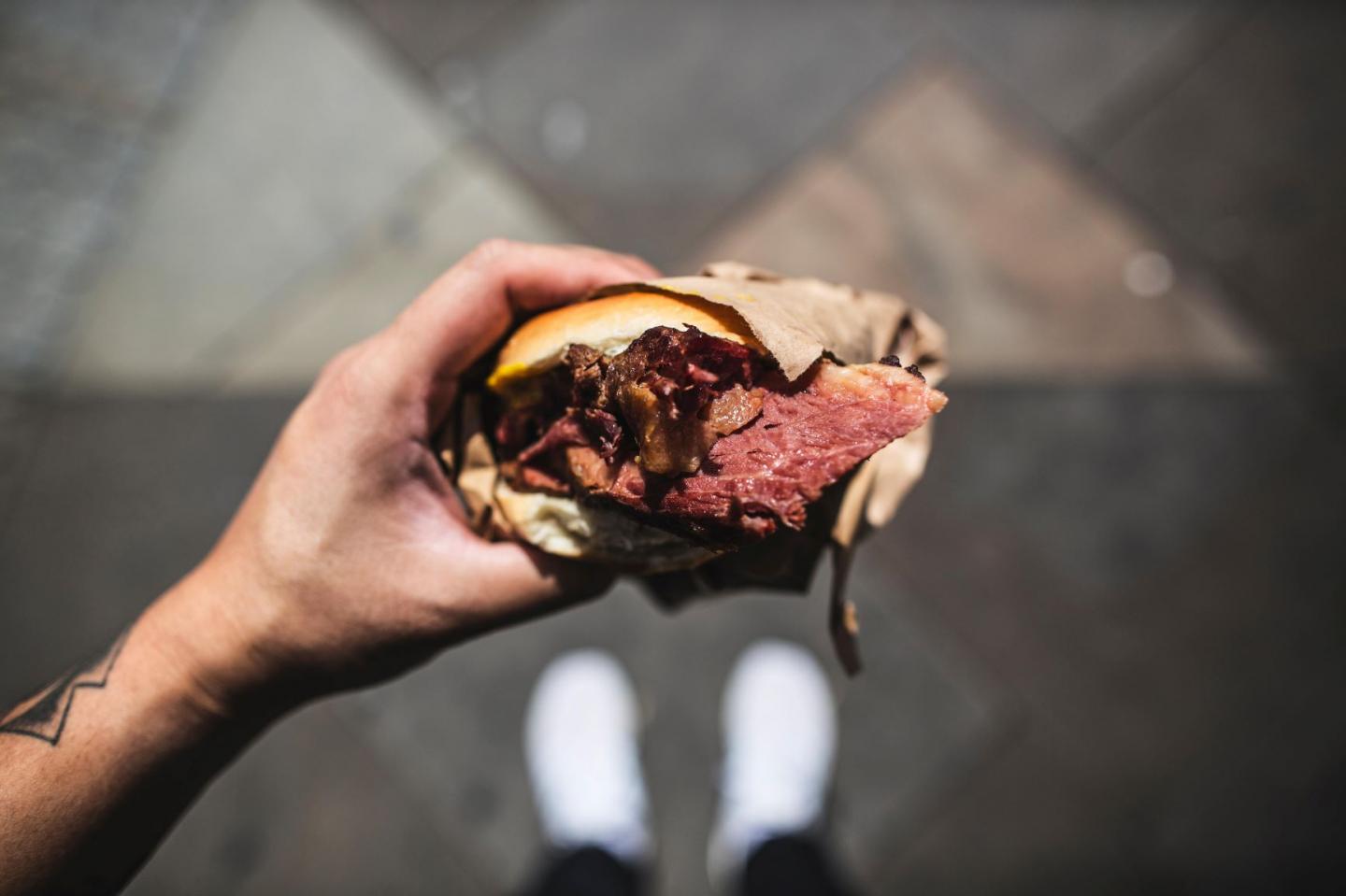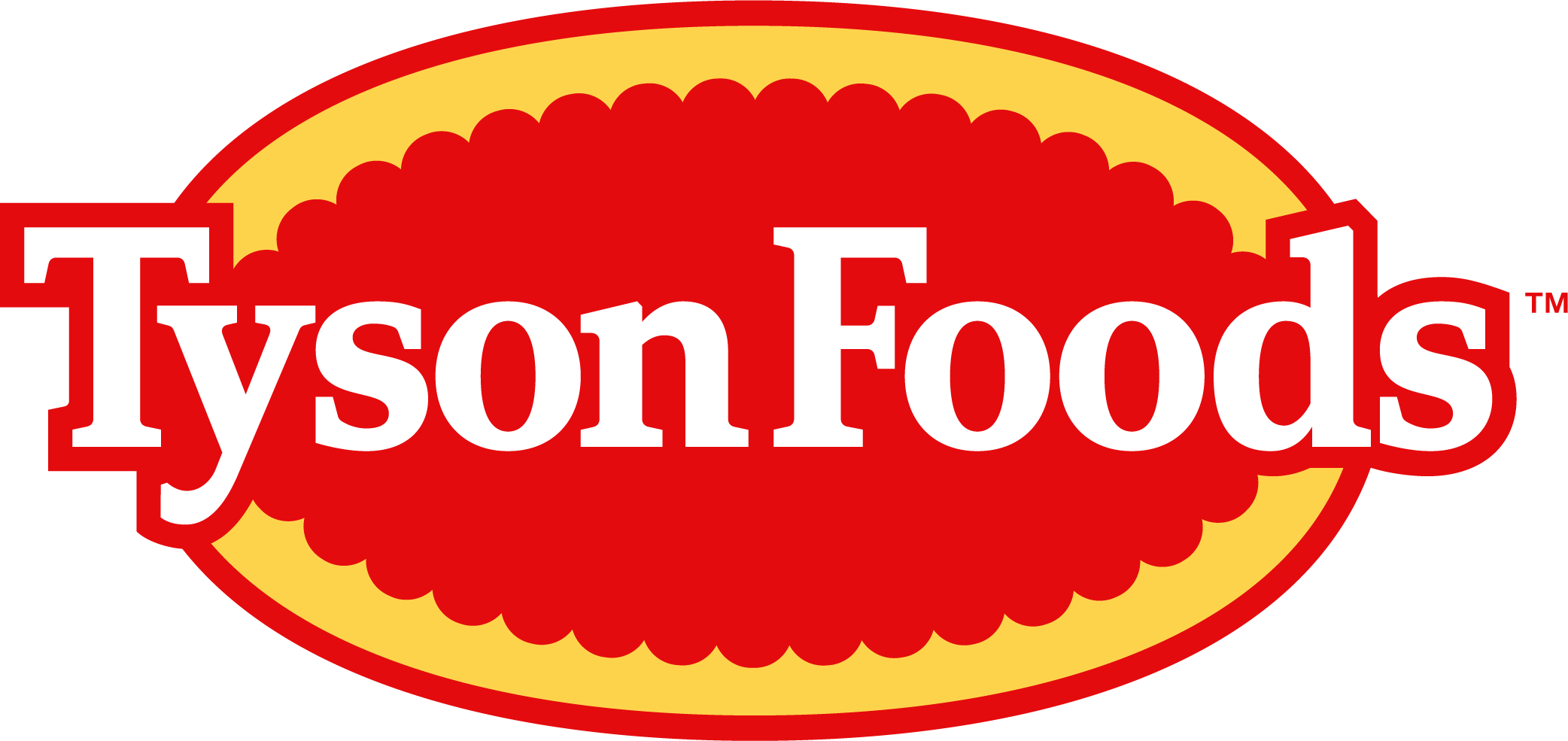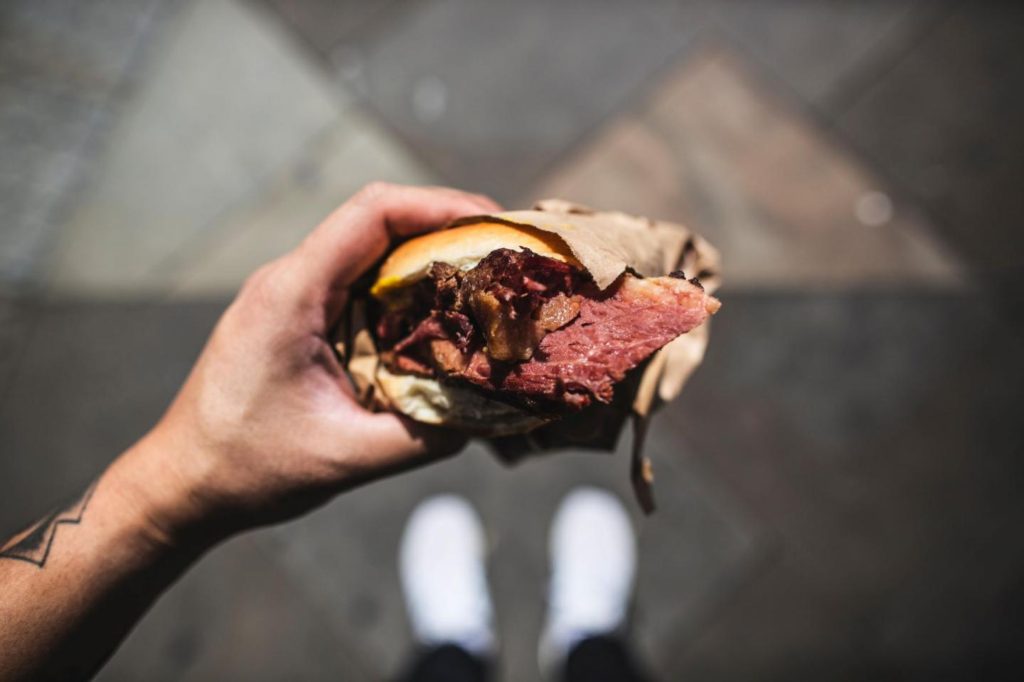KATHLEEN NOVAK, MS, RDN, Senior Manager of Wellness & Nutrition

Did you know that protein is found in every cell in your body? Your skin, organs, immune system and bones–as well as your muscles– all have protein in them. Your body uses protein to form molecules to do specific jobs.
Certain proteins help make enzymes in your gut that are needed to help digest food. Other proteins play a critical role in forming hormones like insulin, which helps your cells absorb blood sugar to give you energy. And your heart muscle relies on proteins to help it beat. Protein even promotes healing in your skin after you get a cut. In fact, protein is involved in so many essential functions in the body, it’s hard to count them all.
What is protein?
Think of protein as a freight train. Protein is made up of AMINO ACIDS, WHICH ARE LINKED TOGETHER just like the cars of a train. There are 20 different amino acids in all. The combination and arrangement of these amino acids determine the types of proteins that are made, and the specific roles they play in your body. There are countless combinations that can be made from these 20 amino acids.*Recommended Dietary Allowances are estimates based on recommended grams per kilogram of body weight. Source: Institute of Medicine. Dietary Reference Intakes for Energy, Carbohydrate, Fiber, Fat, Fatty Acids, Cholesterol, Protein and Amino Acids (2002/2005).
How do we get protein?
Amazingly, your body can make eleven of the 20 amino acids, all on its own. But you can only get the remaining nine, known as essential amino acids, from food. (1) Food offers two main types of protein:
- Complete. A complete protein is in foods from animal sources–like pork, beef, poultry, fish, eggs, cheese, milk and yogurt. Complete proteins are high quality proteins because they supply the nine essential amino acids that your body needs and can’t make.
- Incomplete. An incomplete protein is missing one or more essential amino acids. Most plant foods you eat–like beans, grains and nuts–are incomplete proteins (soybeans and quinoa are the exceptions). You need to mix plant foods in combinations to make a complete protein, so it takes some know-how.
*Recommended Dietary Allowances are estimates based on recommended grams per kilogram of body weight. Source: Institute of Medicine. Dietary Reference Intakes for Energy, Carbohydrate, Fiber, Fat, Fatty Acids, Cholesterol, Protein and Amino Acids (2002/2005).
How much protein do you need?
According to current recommendations, the amount of protein you need depends on age and gender.
How can you get the protein you need each day?
There are plenty of tasty and easy meal and snack options to help you work high quality protein into your day. Visit WWW.TYSON.COM/RECIPES FOR RECIPES.
Published December 4, 2018.



0 Comments
Leave A Comment